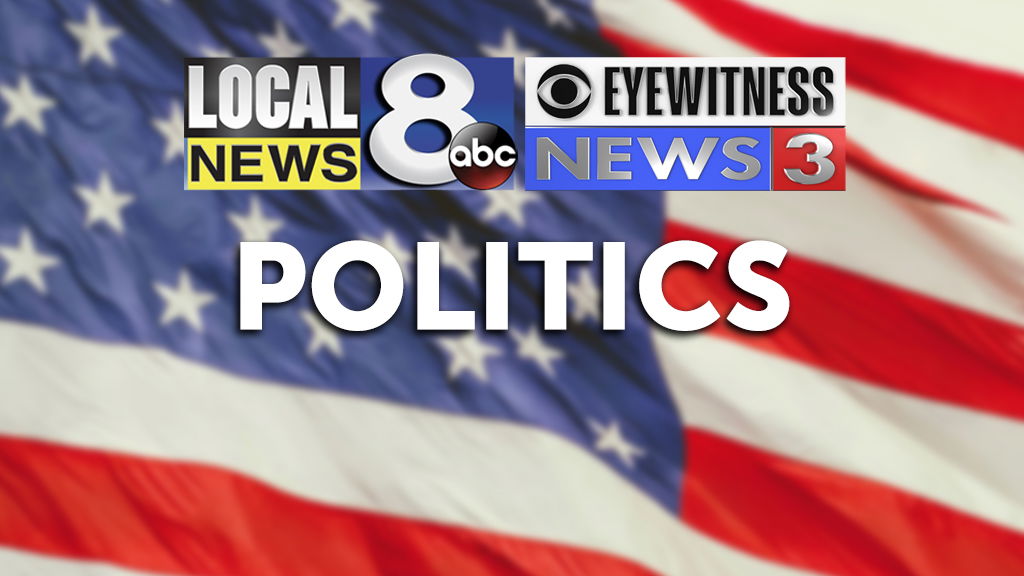Some Social Security recipients are still waiting for their stimulus checks

The Internal Revenue Service has sent roughly 127 million stimulus payments out in the past two weeks, but some of the lowest-income Social Security recipients are among those still waiting to get the money.
The delay affects those who receive Social Security, Supplemental Security Income, Railroad Retirement Board benefits, and Veterans Affairs pensioners.
They will receive their stimulus payment automatically — even if they don’t normally file a federal tax return. The Social Security Administration shares their contact information with the IRS and the money will likely be delivered in the same manner as regular benefits, whether that’s a direct deposit or a check in the mail.
But the information was not transferred between agencies until Thursday, after some Democratic lawmakers raised alarm over the delay.
“We are demanding immediate answers from the IRS and Social Security Admin why they’re taking so damn long sending stimulus payments to many Social Security, SSI, and VA recipients. This money needs to go out NOW,” Rep. Bill Pascrell, a Democrat from New Jersey, posted to Twitter last week.
Pascrell and other members of the House Ways and Means Committee, which oversees the two agencies, sent a letter Wednesday requesting the files be transferred within 24 hours.
On Thursday, Social Security Administration Commissioner Andrew Saul put out a statement to say his agency sent the files by 9 a.m. that day, noting that it was a week sooner than the SSA was able to provide the information to the IRS last year when the first round of stimulus payments went out.
“Social Security employees have literally worked day and night with IRS staff to ensure that the electronic files of Social Security and SSI recipients are complete, accurate, and ready to be used to issue payments,” Saul said.
The IRS has already delivered a majority of the stimulus payments that were approved by Congress earlier this month. It will continue to send more batches of payments in the coming weeks.
Who gets a payment?
The new payments are worth up to $1,400 per person and are expected to reach 85% of households, according to the White House. Families will receive an additional $1,400 per dependent, so a couple with two children could receive up to $5,600. Unlike prior rounds, families will now receive the additional money for adult dependents over the age of 17.
The full amount goes to individuals earning less than $75,000 of adjusted gross income, heads of households (like single parents) earning less than $112,500 and married couples earning less than $150,000. But then the payments gradually phase out as income goes up.
Lawmakers narrowed the scope of the payments this time so that not everyone who received a previous check will be sent one now. It cuts off individuals who earn at least $80,000 a year of adjusted gross income, heads of households who earn at least $120,000 and married couples who earn at least $160,000 — regardless of how many children they have.
On what year are the income limits based?
The new income thresholds will be based on a taxpayer’s most recent return. If they’ve already filed a 2020 return by the time the payment is sent and it has been processed, the IRS will base eligibility on their 2020 adjusted gross income. If not, it will be based on the 2019 return or the information submitted through an online portal set up last year for people who don’t usually file tax returns.
If your 2019 income was less than your pay in 2020, you will not owe back any money. But if your income fell in 2020, filing your tax return now — before the payments go out — may mean you’ll get a bigger check.
Reaching those that need it the most
The IRS can easily reach people who have filed either their 2019 or 2020 tax return because their bank account information or address is on file. The agency will also automatically send the money to low-income people who don’t normally file taxes but submitted their personal information online to receive the stimulus payment last year.
That online portal is closed. Instead, officials are encouraging people to file 2020 tax returns even if they aren’t required in order to receive the stimulus money.
